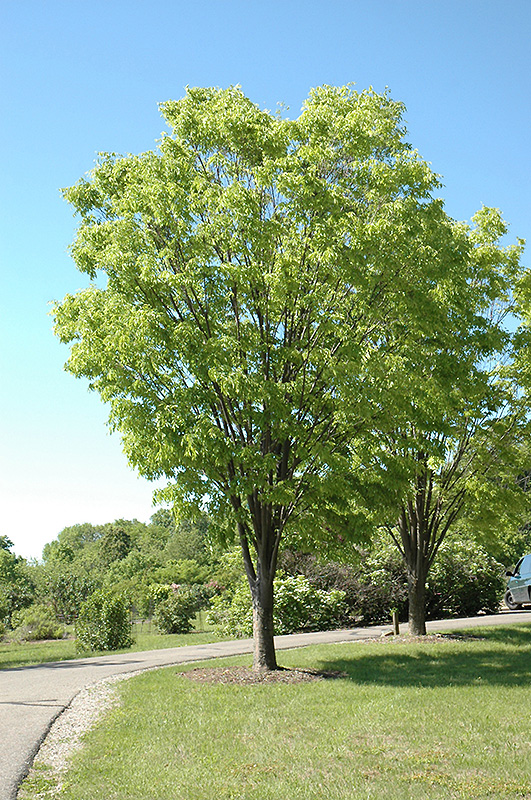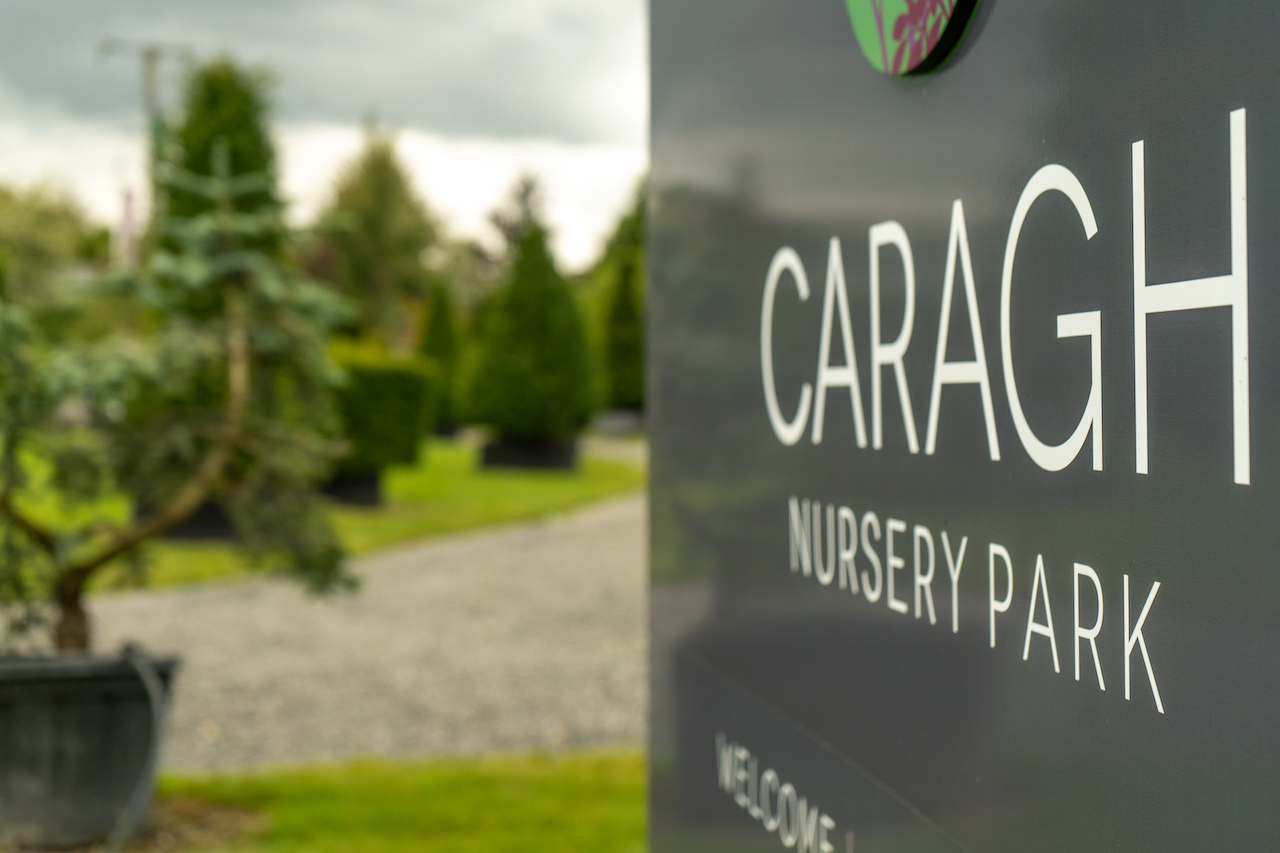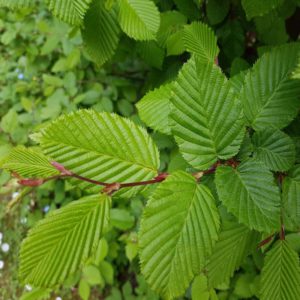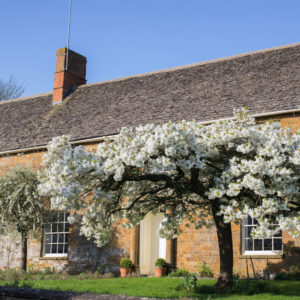Zelkova serrata ‘Green Vase’
Price range: €380.00 through €2,200.00
Frequently Bought Together



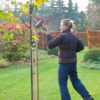
Description
Quick Facts
- Common Name: Green Vase Japanese Zelkova, Green Vase Elm
- Botanical Name: Zelkova serrata ‘Green Vase’
- Plant Type: Deciduous tree
- Mature Height: 12-18m
- Mature Spread: 8-12m
- Flowering Period: April (inconspicuous)
- Flower Colour: Greenish, insignificant
- Foliage: Serrated oval leaves, dark green turning yellow, orange, and red in autumn
- Hardiness: RHS H6 (hardy)
- Soil Requirements: Moist, well-drained, tolerates most soil types
- Aspect: Full sun to partial shade
- Maintenance: Low
Description
Discover the architectural beauty of Zelkova serrata ‘Green Vase’, an exceptional ornamental tree that brings elegant vase-shaped form, spectacular autumn colour, and disease-resistant reliability to Irish gardens as a superior alternative to Dutch Elm. This outstanding cultivar offers exceptional year-round interest—a distinctive upright vase-shaped silhouette with gracefully arching branches, attractive dark green serrated foliage that creates dense summer shade, and one of the most reliable and spectacular autumn displays of any tree, transforming into brilliant shades of yellow, orange, russet, and burgundy-red that persist for weeks.
Throughout spring and summer, this captivating tree displays its characteristic elm-like leaves of dark green with finely serrated edges, each measuring 5-12cm in length, creating a dense, elegant canopy. The naturally symmetrical branching structure develops a distinctive vase shape without intervention—multiple ascending branches form a narrow base that gradually spreads into a broad, rounded crown, creating architectural presence and elegant form. The smooth grey bark gradually develops attractive orange-brown flaking with age, revealing patches of lighter bark beneath and creating beautiful winter interest. As autumn arrives, the true magic unfolds—the entire canopy transforms into a spectacular tapestry of colour, with leaves turning brilliant shades of yellow, orange, russet, and deep burgundy-red, often with multiple colours on a single tree.
Native to Japan, Korea, Taiwan, and eastern China, this remarkable species has become highly valued as a disease-resistant alternative to elms, which have been devastated by Dutch Elm disease. The ‘Green Vase’ cultivar was selected in North America for its exceptional vase-shaped form and reliable autumn colour. Exceptionally hardy and adaptable, this zelkova thrives in Irish conditions, tolerating urban pollution, compacted soils, drought once established, and a wide range of soil types whilst remaining completely resistant to Dutch Elm disease.
Create stunning compositions by planting as specimen trees in lawns where the distinctive vase shape and autumn colour can be fully appreciated from all angles. Magnificent in avenue plantings for formal emphasis and architectural impact, in parkland settings, or as street trees where disease resistance and pollution tolerance are essential. Works beautifully in contemporary landscapes, urban gardens, or combined with other autumn-colour trees like maples, amelanchiers, and parrotias for extended seasonal displays.
Caragh Garden Notebook
Planting: Space trees 10-12m apart for avenue plantings, or allow 12-15m for specimen placement to accommodate mature spread. Plant bare-root trees from November to March, or container-grown specimens year-round. Dig holes twice the width of the root ball and incorporate organic matter. Plant at the same depth as the nursery soil mark. Stake for the first 2-3 years using a single vertical stake. Water thoroughly and mulch around the base.
Soil Preparation: Thrives in moist, well-drained soil with pH 5.5-7.5. Tolerates a wide range of soil types including clay, sandy loams, and compacted urban soils. Prefers moisture-retentive conditions enriched with organic matter but adapts to less-than-ideal situations. Avoid only waterlogged sites. Incorporate well-rotted compost or manure to improve soil structure. Best growth and autumn colour develop in full sun with adequate moisture.
Container Growing: Not suitable for long-term container growing due to size and vigorous root system. Young specimens can be grown temporarily in very large containers (minimum 80cm diameter) using soil-based compost, but should be planted out within 2-3 years for best long-term health and to achieve full size potential, distinctive vase form, and spectacular autumn colour.
Seasonal Care: Requires minimal pruning—the naturally symmetrical vase shape develops without intervention. Simply remove any dead, damaged, or crossing branches in late winter when dormant. Avoid heavy pruning which can spoil the natural form. Remove any branches that grow inward toward the centre to maintain the open vase structure if desired. Apply slow-release balanced fertiliser in early spring. Mulch annually with organic matter to retain moisture. Water during prolonged dry spells in the first 2-3 years until well established. Once mature, extremely drought-tolerant.
Propagation: Propagate by grafting or budding onto Zelkova serrata rootstock in late winter or summer (specialist technique). Cuttings are difficult and unreliable. Seed-grown plants will not come true to type and will not maintain the distinctive vase-shaped form. Most gardeners prefer to purchase nursery-grown grafted specimens for guaranteed quality, true-to-type characteristics, and reliable vase habit with spectacular autumn colour.
This architectural beauty is the perfect elm alternative—that distinctive vase shape is absolutely stunning, and you get spectacular autumn colour without any disease worries! Tough, adaptable, handles urban conditions brilliantly, and becomes more elegant and characterful with every passing year. Perfect for creating architectural impact in contemporary gardens!

